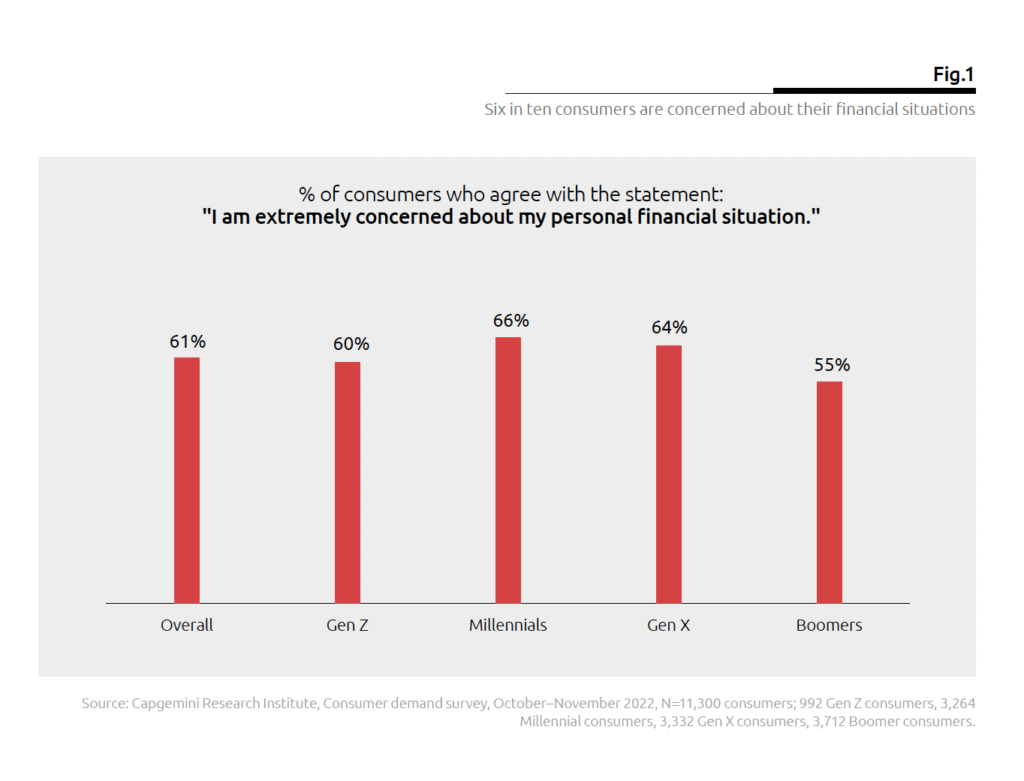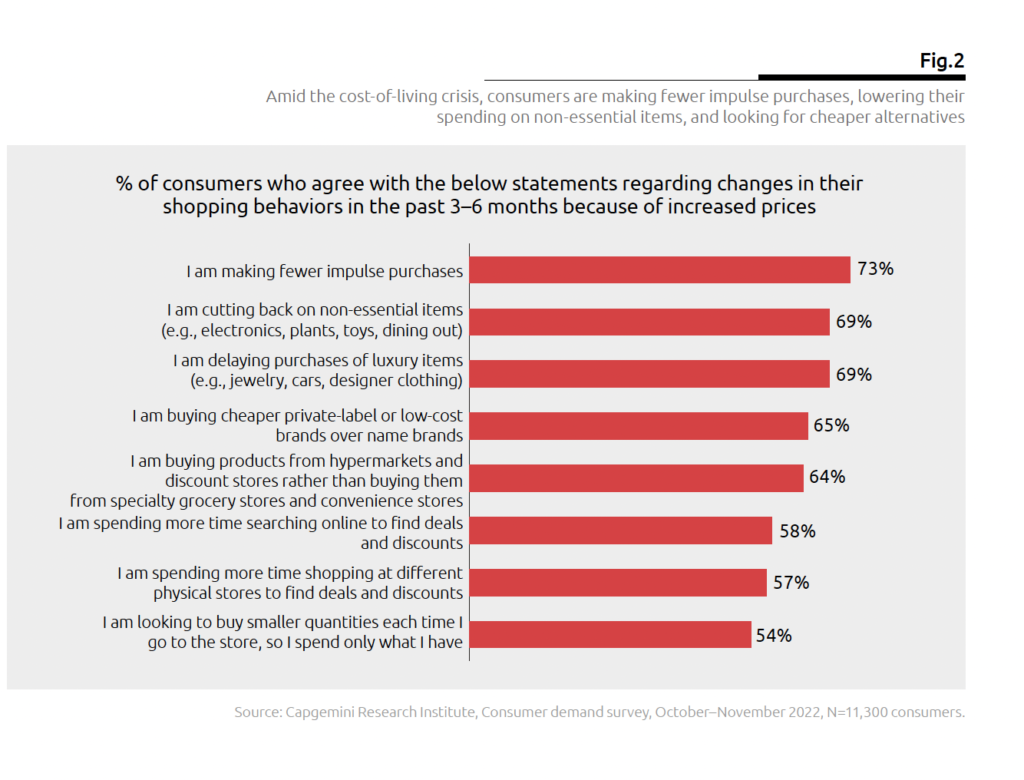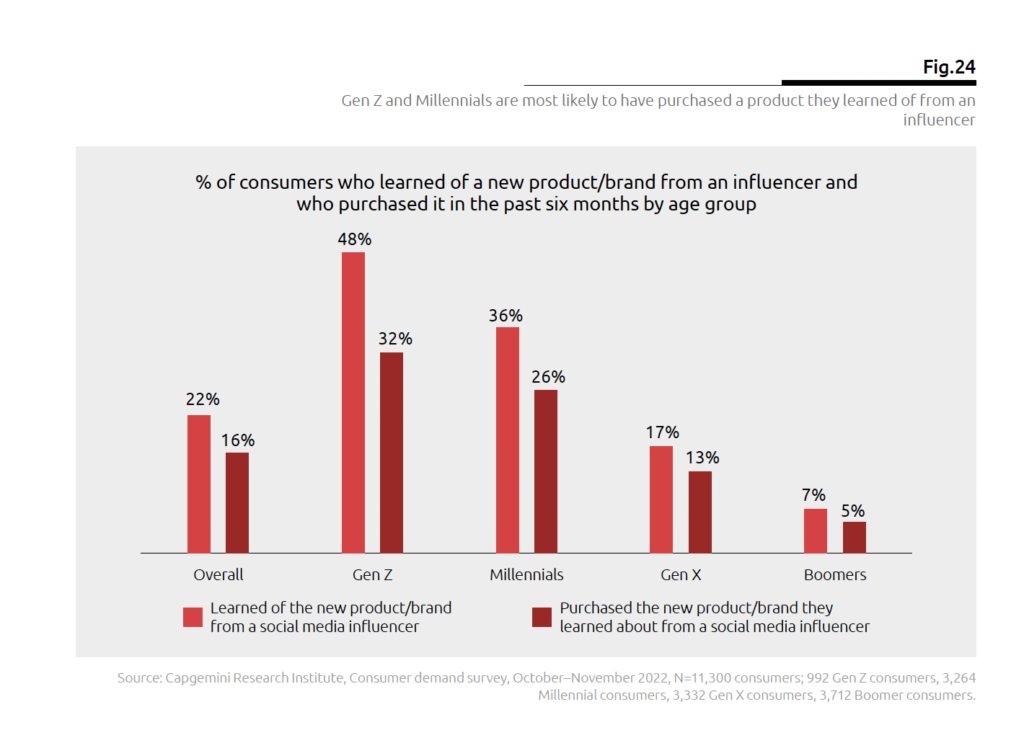We’re tracking new hires and promotions among chief marketers at McDonald’s, Denny’s, TIME and the Denver Broncos this week.
McDonald’s Promotes Global CMO Morgan Flatley
As it lays the groundwork for growth opportunities in the near future, which includes elevating its marketing “through creative excellence,” McDonald’s announced the promotion of Global Chief Marketing Officer Morgan Flatley to executive vice president, global chief marketing officer and new business ventures. In her new role, Flatley will lead new business ventures and opportunities that extend the brand’s reach as it aims to stay one step ahead of customer demand.
“Marketing has been an important growth driver for us, said Chris Kempczinski, president and CEO of McDonald’s. “Our creative excellence is making our brand not just more recognizable, but more relevant to our fans. I can confidently say that the McDonald’s marketing team is truly firing on all cylinders.”
Sadé Muhammad Named TIME Chief Marketing Officer
With more than a decade’s worth of experience in journalism and marketing, Sadé Muhammad joined the TIME team earlier this month as their new chief marketing officer, marking the first time the brand named a CMO since becoming an independent company in 2018. In her new role, Muhammad will aim to revitalize the TIME brand and accelerate its digital transformation and growth opportunities.
“We are thrilled to welcome Sadé, who has a proven track record of innovation, revenue generation, and building trust with audiences,” said TIME CEO Jessica Sibley. “As TIME enters a pivotal moment in its 100-year history, Sadé’s background as a marketer, trained journalist, and changemaker makes her the perfect person to lead TIME as our chief marketing officer.”
Prior to taking on the CMO mantle at TIME, Muhammad worked at Forbes, where she founded the company’s Representation & Inclusion Practice, a B2B ad business meant to encourage marketing partners to highlight DEI as foundational to their companies’ growth strategy. She also managed all business development, sales, marketing strategy, client relations and sponsorships for the initiative.
“My passion is harnessing the power of authentic brands to get audiences to listen and, in turn, unlock their unique power to affect change,” Muhammad said. “TIME is one of the world’s most trusted storytellers and I am thrilled to bring our partners’ stories to life with imaginative ideas to inspire a smarter, better marketplace.”
Denny’s Welcomes New CMO—Industry Leader Sherri Landry
Denny’s Corporation recently announced Sherri Landry, an industry veteran with more than 25 years of marketing experience with a focus on casual dining, would be taking over the role of senior vice president, chief marketing officer.
She joins the restaurant chain after spending nearly five years at CEC Entertainment, where, as CMO, she oversaw multiple brands, including Chuck E. Cheese and Peter Piper Pizza. Prior to CEC Entertainment, Landry held marketing leadership roles at Pizza Hut, T.G.I. Fridays, Main Event Entertainment, Sara Lee and Procter and Gamble, among others.
“Sherri has the perfect blend of leadership experience and business savvy that we need to propel us through the next chapter of Denny’s brand evolution while honoring our brand purpose, feeding people’s bodies, minds and souls,” said John Dillon, Denny’s president. “Having worked with Sherri in the past, I know she will inspire our team members and franchisees with creativity and a strategic vision that will continue to fuel our growth in 2023. I could not be more thrilled to welcome Sherri to the Denny’s family.”
Landry will start her new role at the end of the month and will be tasked with spearheading the brand’s next phase of growth as it celebrates its 70th anniversary this year. “Denny’s is one of the most iconic American brands in the restaurant industry and beyond,” Landry said. “I am truly honored and looking forward to joining the Denny’s brand team and leading our marketing efforts at such a pivotal time.”
Denver Broncos Draft RealSelf CMO Hailey Sullivan
Earlier this week, the Denver Broncos announced Hailey Sullivan would be joining the team as its new chief marketing officer, leading the organization’s integrated marketing team to deepen relationships with current and future fans.
Sullivan makes this pivot into the world of sports after holding the CMO position at RealSelf, an online platform and community facilitating doctor-patient connections regarding cosmetic treatments. She also worked for MGA Entertainment from 2019-21, overseeing iconic brands like LOL Surprise, Bratz, Little Tikes and Rainbow High. And from 2010-2019, Sullivan held various positions at Mattel, working to grow brands like Barbie, Fisher-Price, Hot Wheels and Thomas & Friends.



